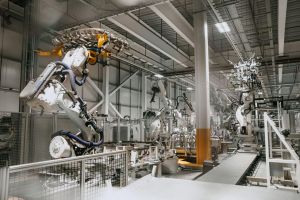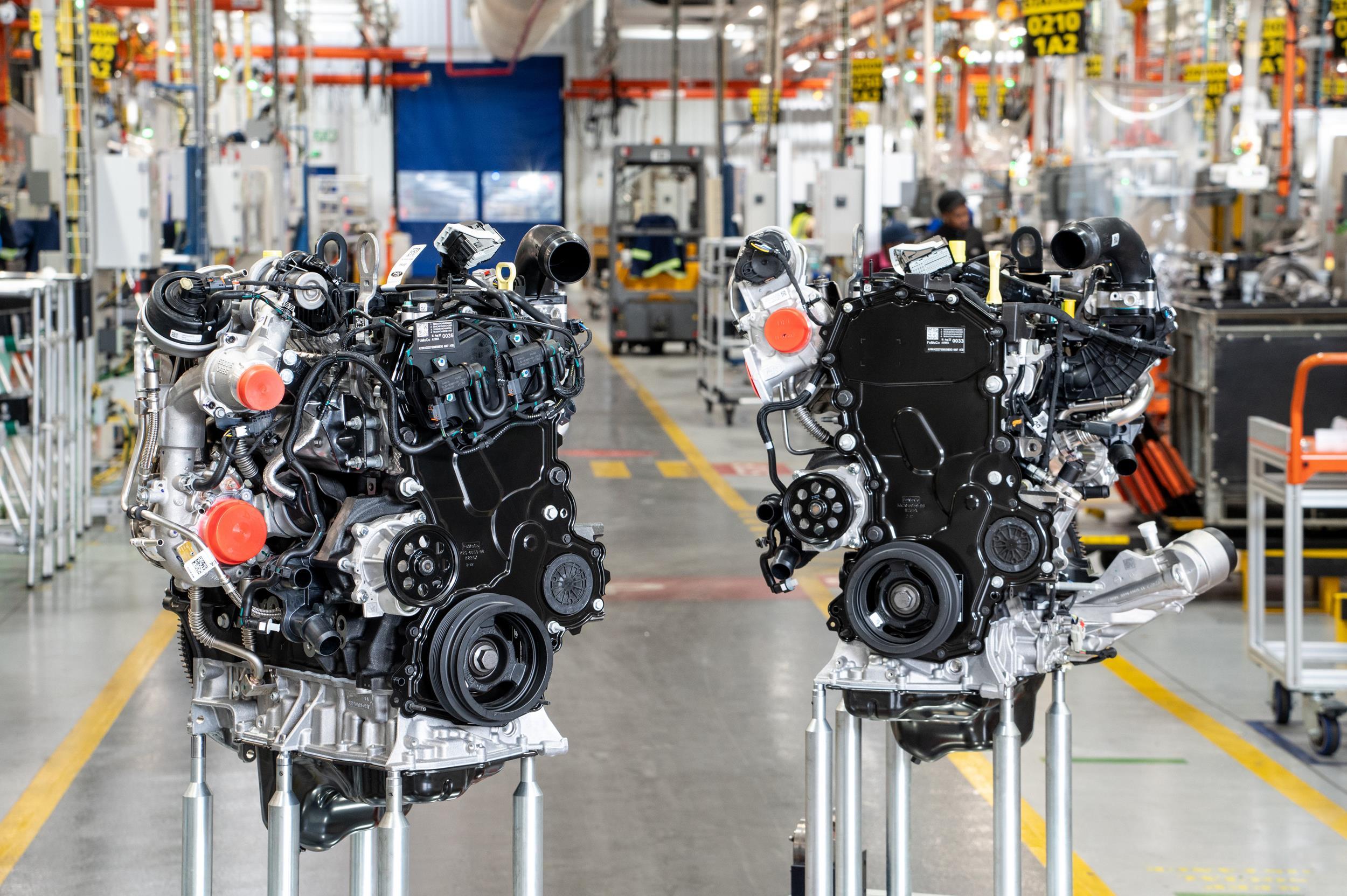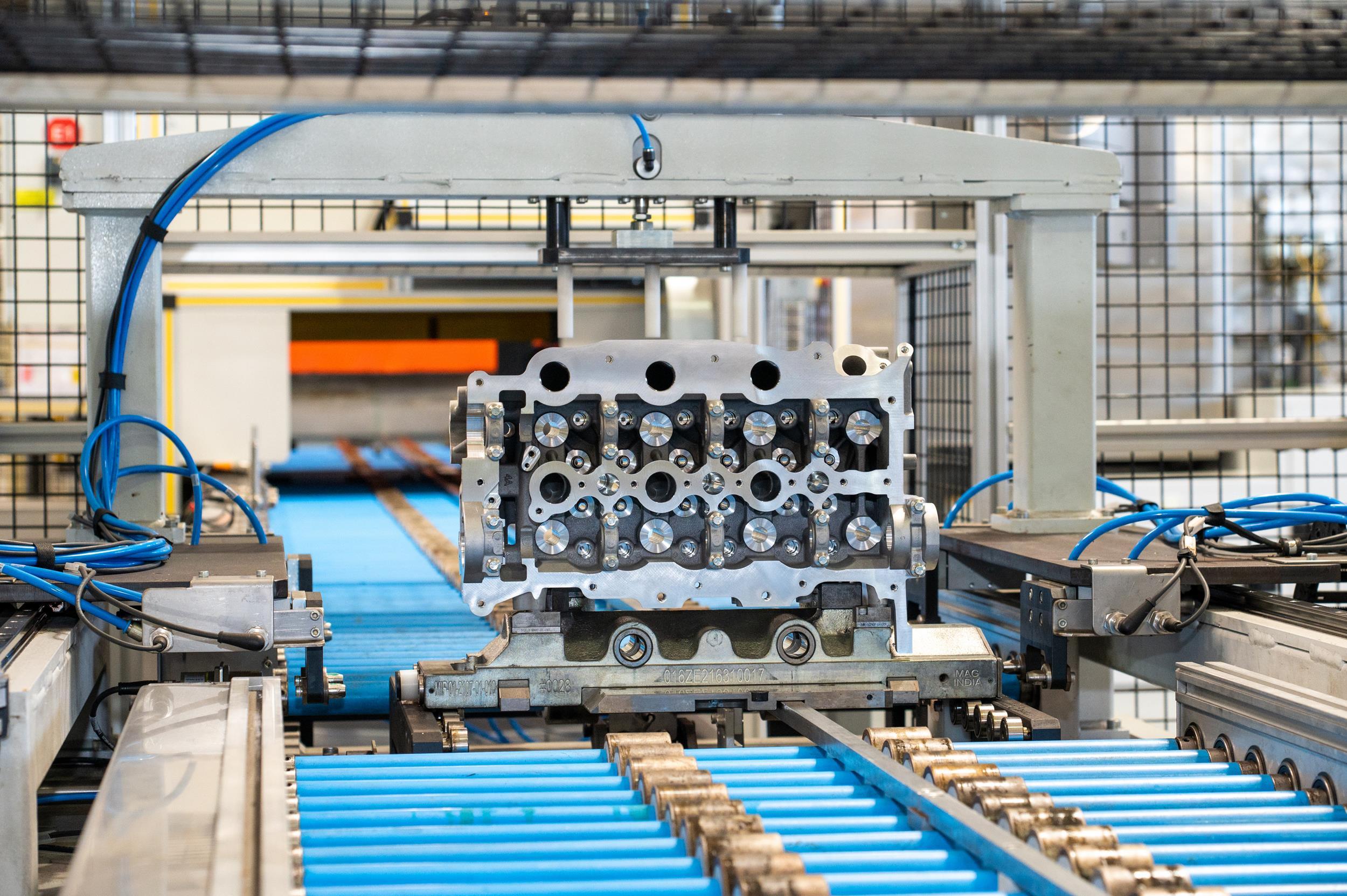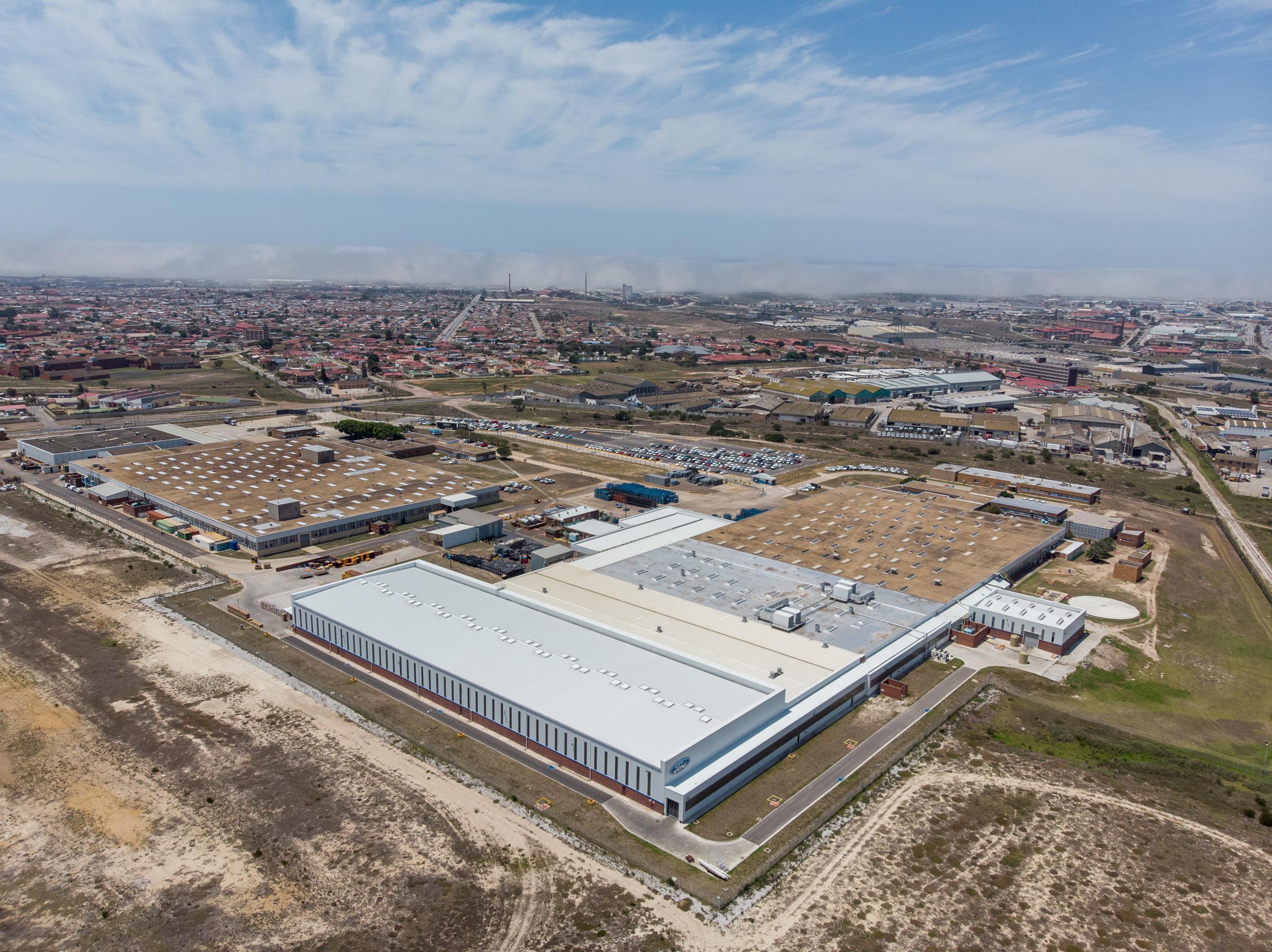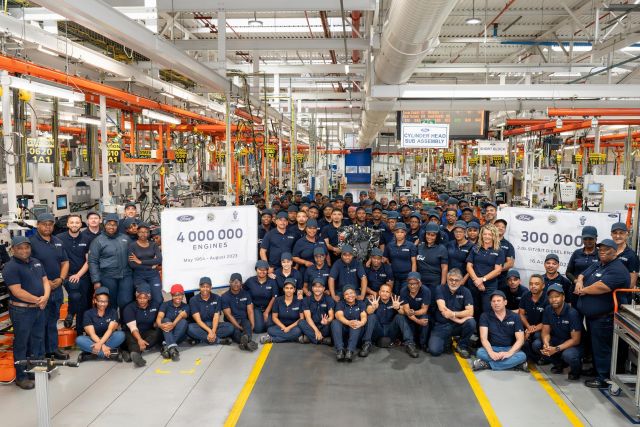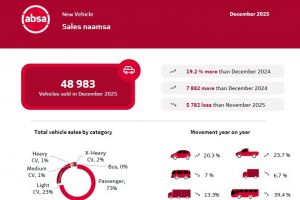
Ford Motor Company of South Africa was founded in 1923 and some 41 years later, Henry Ford II officially opened the Struandale Engine Plant. With an investment of R8-million in the new facility at the time, it positioned Ford as the first motor company in South Africa to manufacture engines locally, and it has played a central role in Ford’s manufacturing and export operations ever since.
At the end of August this year engine number four million – a 2-litre four-cylinder Bi-Turbo diesel engine - came of the engine production line.
Fittingly, this major milestone also coincides with the 300 000th 2.0L Single Turbo/Bi-Turbo diesel engine being produced at Struandale since this programme was launched in 2018. The 2.0-litre engines were updated in 2022 for the new Ranger with further improvements in noise, vibration and harshness (NVH).
The Struandale Engine Plant also produces the 2.2L and 3.2L Duratorq TDCi engines, which were introduced in 2011, as well as the new 3.0L V6 Diesel engine that powers the range-topping models in the new Ranger line-up, with production commencing in 2022 following a R600-million investment.
“The Struandale Engine Plant has been instrumental in Ford’s development and growth over the past 59 years, particularly for our export operations. The total engine production of four million, along with the 300 000 2.0L Single Turbo and Bi-Turbo diesel engines assembled to date, are remarkable achievements,” says Ockert Berry, VP Operations, Ford South Africa.
“We have an installed capacity to produce 720 vehicles a day running on three shifts to meet the global demand for Ranger, but we have already exceeded that target twice in August this year with peaks of 736 and 737 vehicles,” Ockert says. “This is not only the highest production we’ve achieved for the Silverton Assembly Plant, but is a record for the South African motor industry. And, with all the engines used in our locally assembled Ranger coming from Struandale, it’s a major achievement for both our plants.”
To date the Struandale plant has produced 11 different engine types, starting off in 1964 with the 1.7L and 2.0L V4, the much-loved Essex V6, as well as the 1.3L and 1.6L Kent four-cylinder engines.
One of its most successful programmes was the component machining and assembly of the renowned RoCam engine, starting with the 1.6-litre version in 1998. The following year the Struandale plant was appointed as the sole global manufacturer of the 1.3L RoCam, which contributed to total production for this engine family concluding on 1 346 919 units when the programme ended in 2012.
Innovation and creative thinking have been consistent hallmarks of the Struandale teams over the years, with production of the new 3.0L V6 Diesel being a perfect example, according to Shawn Govender, Plant Manager of the Struandale Engine Plant. “The assembly line that produces the 3.0L V6 turbodiesel engine for the new Ranger still assembles our existing Duratorq TDCi engines, making it the only facility of its kind in the Ford world that produces both V-configuration and in-line engines, as well as a combination of four, five and six-cylinder units, all on a single line,” he says.
The Struandale Engine Plant currently has around 850 employees, with a total of approximately 5 500 people employed by Ford South Africa – almost double the 2 700 jobs it provided in 1964.
